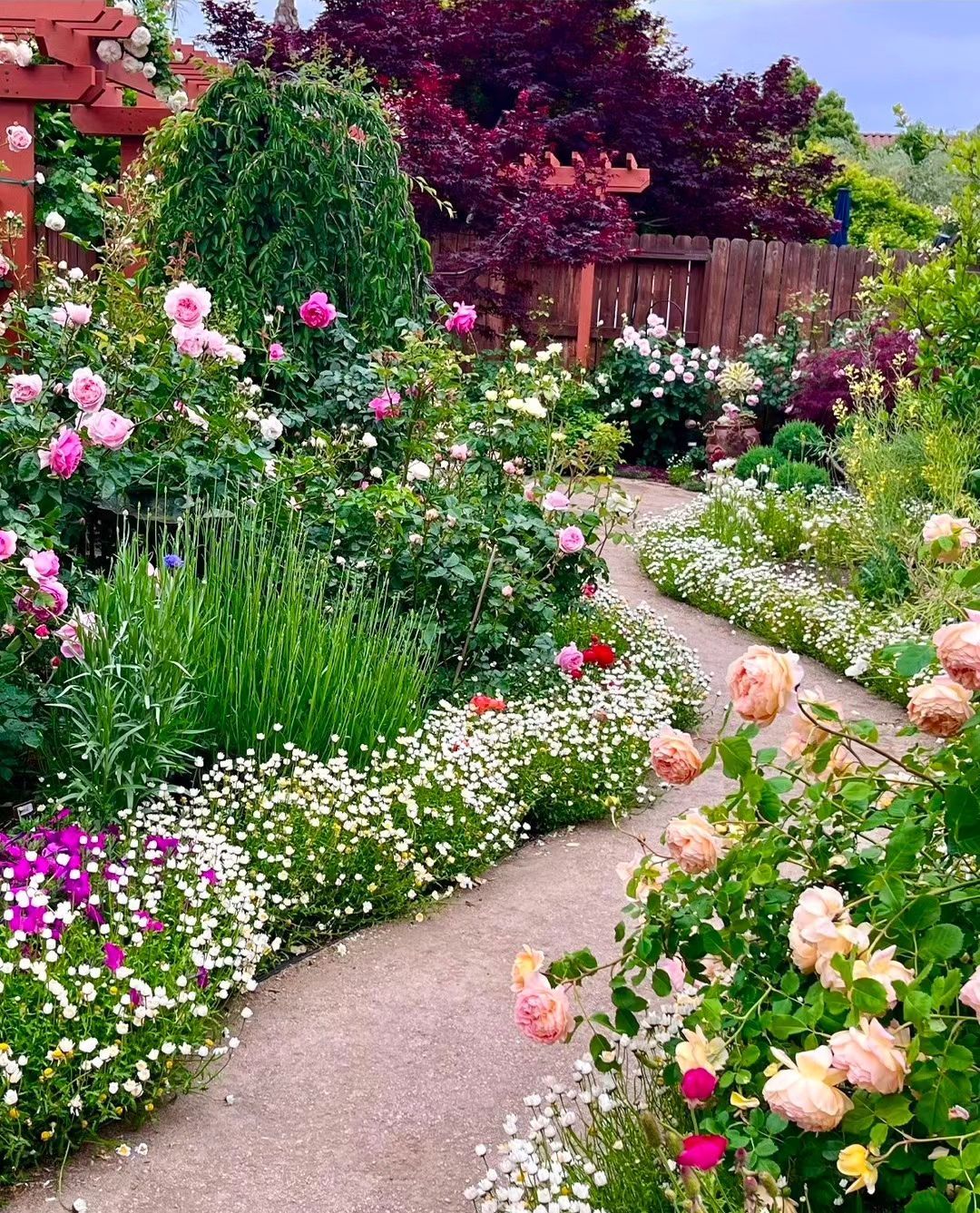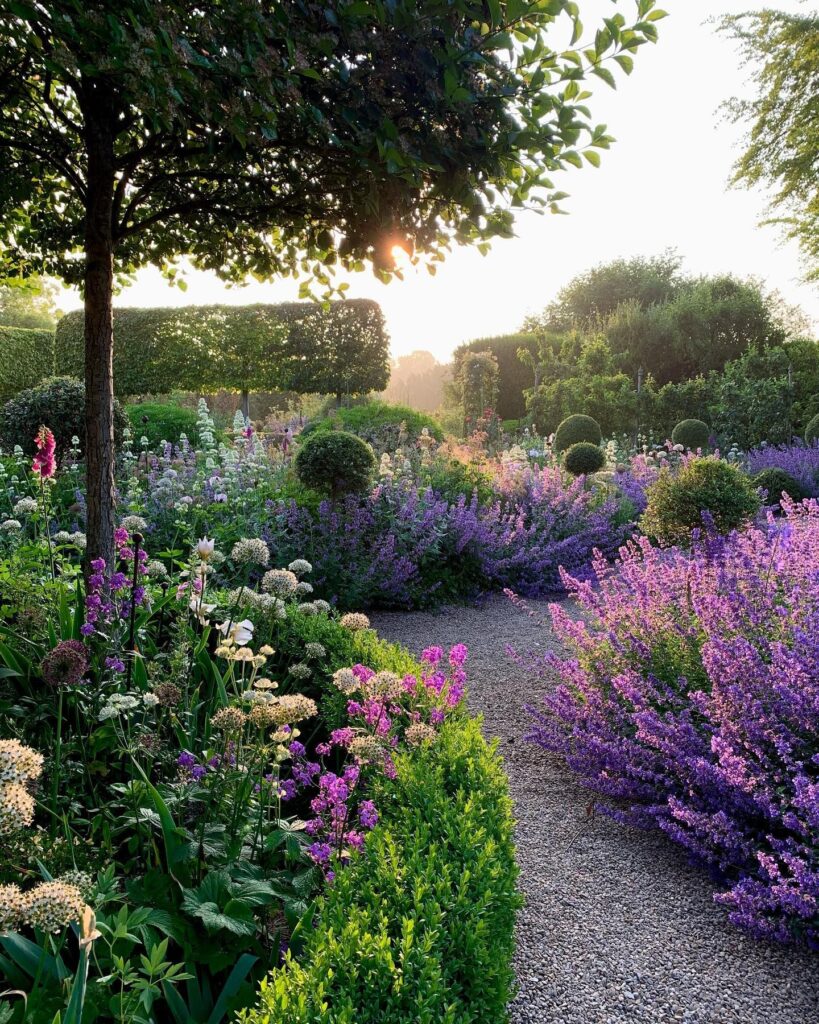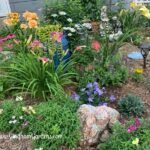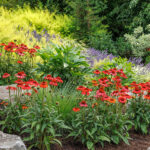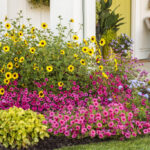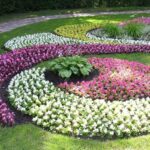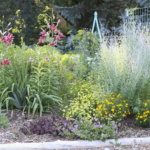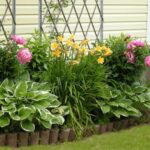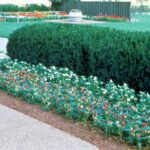Flower gardens are a beautiful addition to any outdoor space, adding color, fragrance, and life to your yard. When designing a flower garden, there are several factors to consider to create a visually appealing and cohesive look.
One important aspect to consider when designing a flower garden is the layout and placement of the flowers. It is important to choose flowers that bloom at different times of the year to ensure year-round color in your garden. Additionally, consider the height of the flowers when planning the layout, as taller flowers should be placed towards the back of the garden to create depth and dimension.
Incorporating a variety of colors and textures into your flower garden can create a visual masterpiece. Choose flowers of different shapes, sizes, and colors to add interest and contrast to your garden. Grouping similar flowers together can create a cohesive look, while mixing in complimentary colors can add depth and dimension to the space.
When designing a flower garden, it is also important to consider the overall theme or style you are going for. Whether you prefer a formal English garden with neatly trimmed hedges and symmetrical plantings, or a more whimsical cottage garden filled with wildflowers and meandering pathways, choosing a specific style can help guide your plant selection and layout.
In addition to flowers, incorporating other elements such as ornamental grasses, shrubs, and perennials can add variety and interest to your garden. Consider adding a focal point such as a fountain, statue, or trellis to create a focal point and draw the eye into the garden.
When designing a flower garden, it is important to consider the maintenance and care required for the plants you choose. Some flowers may require more frequent watering, pruning, or fertilizing, while others are more low maintenance. Consider your available time and resources when choosing which flowers to include in your garden to ensure they thrive and continue to bloom year after year.
